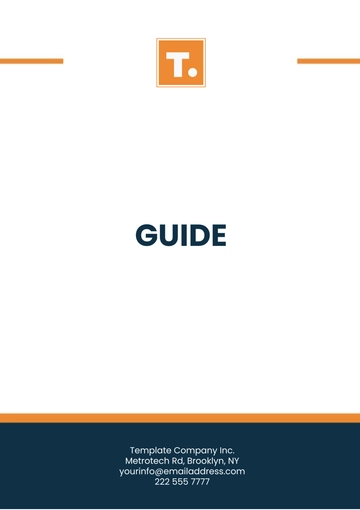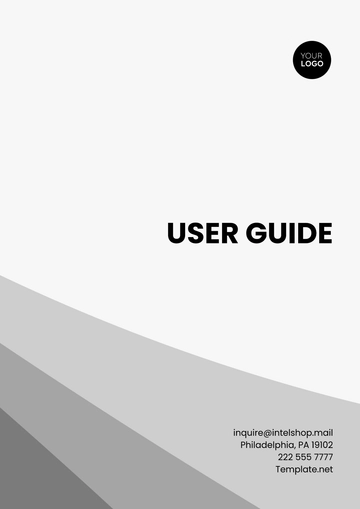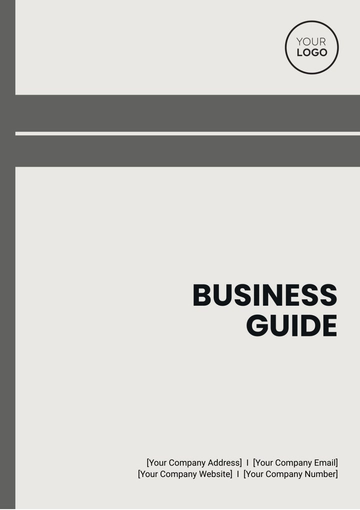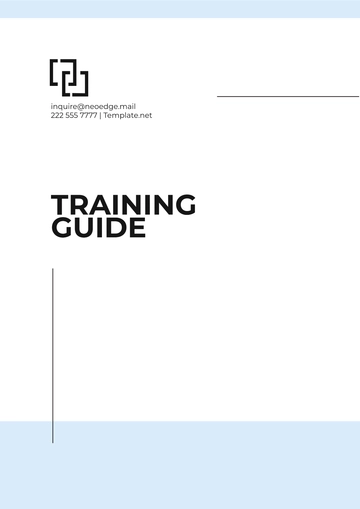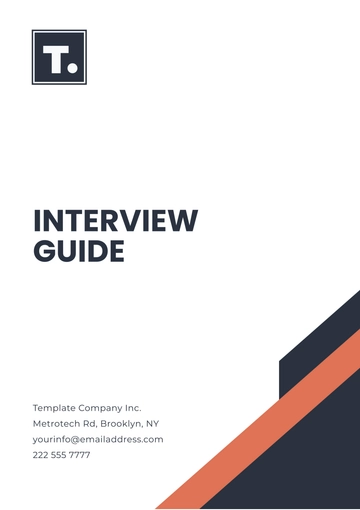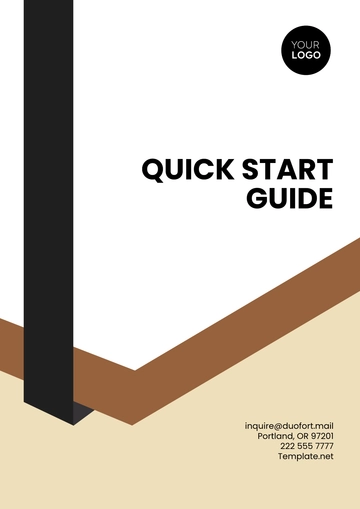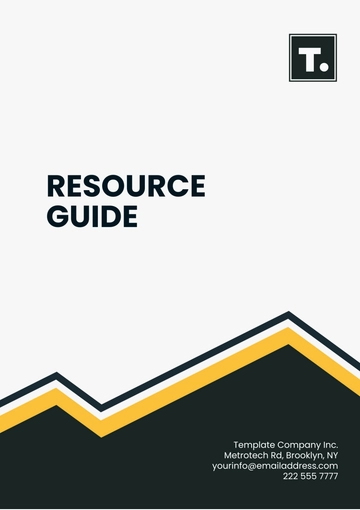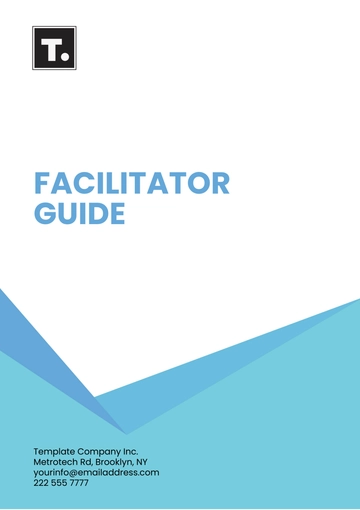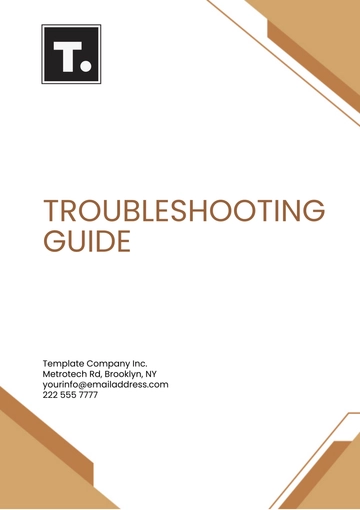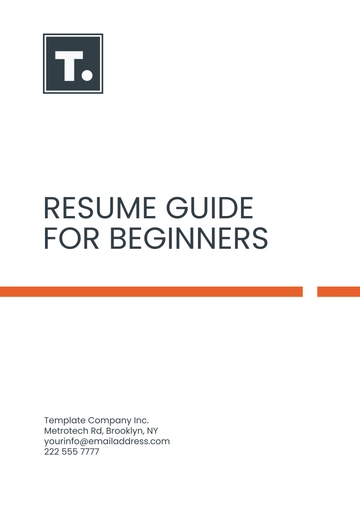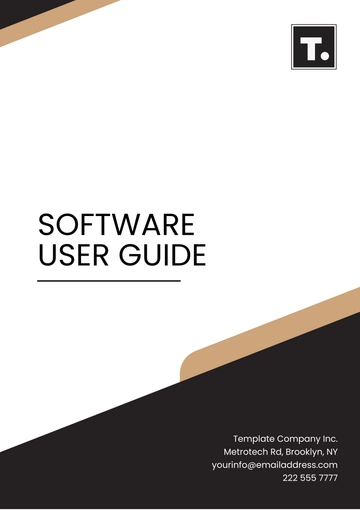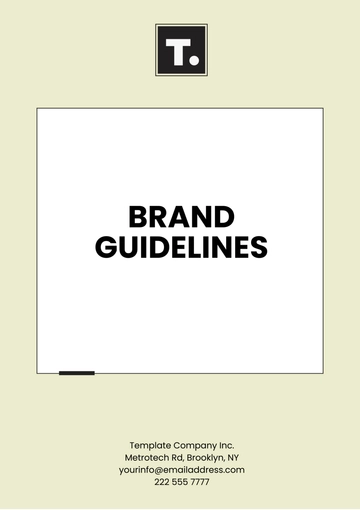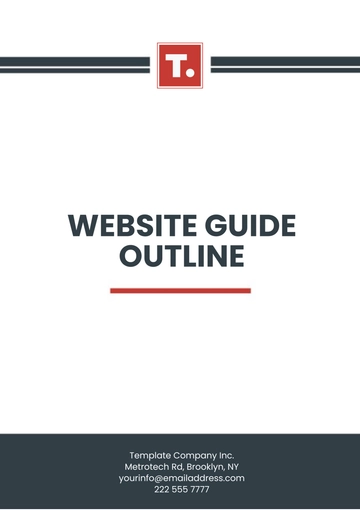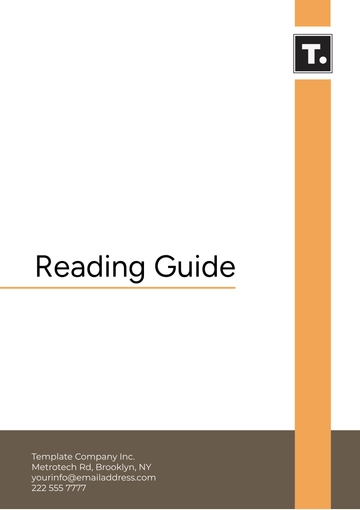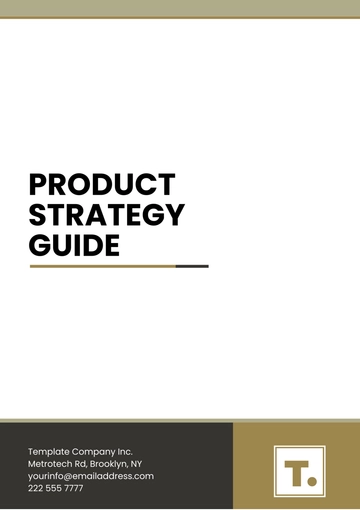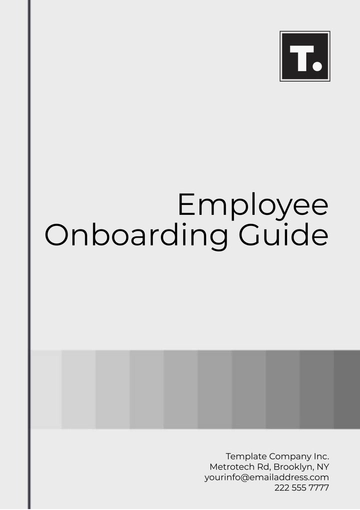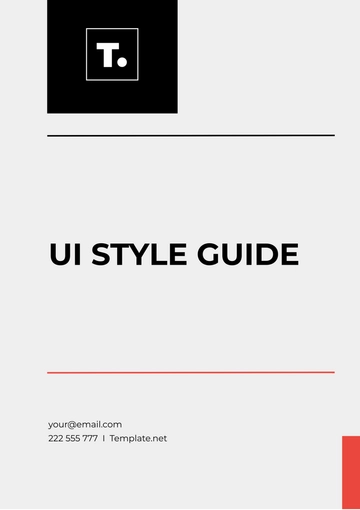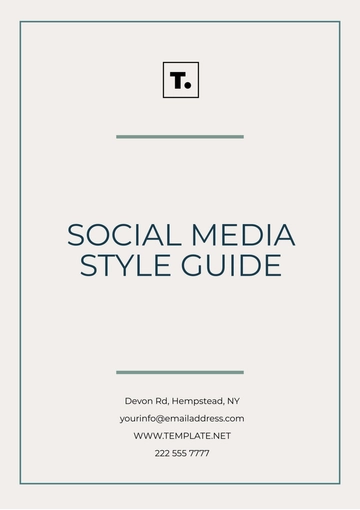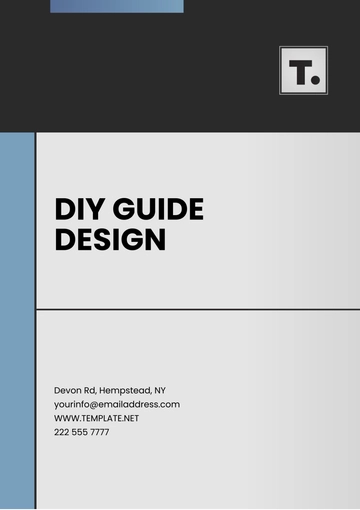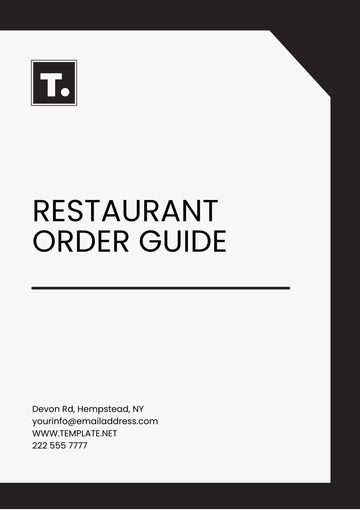Free Product Strategy Guide
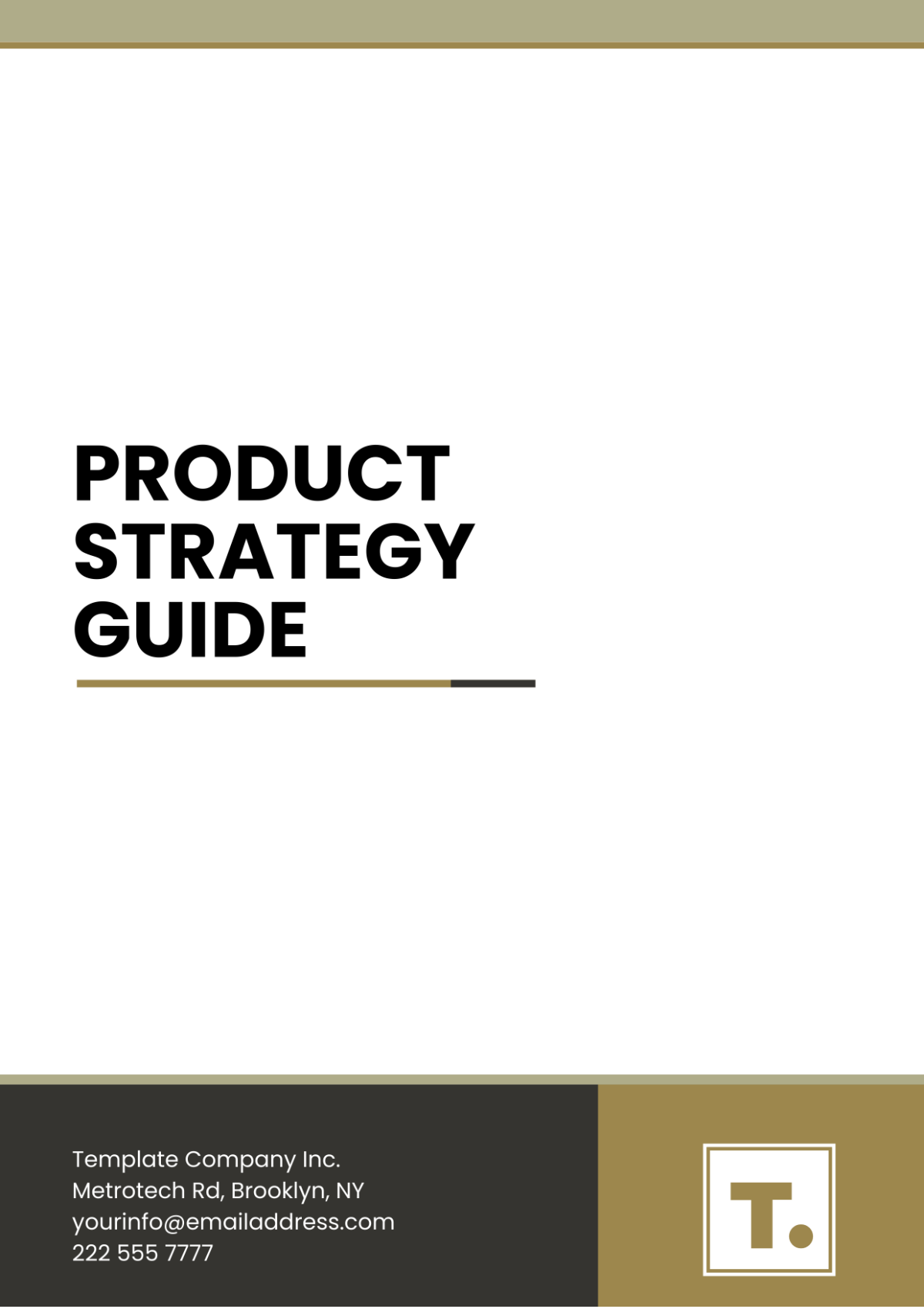
I. Executive Summary
The Product Strategy Guide for [Your Company Name] aims to outline the strategic approach for developing and managing our latest tech products. This document is intended to provide a clear vision and structured plan for achieving market success and aligning with our company's long-term goals. The strategy covers aspects including market analysis, product vision, competitive landscape, and performance metrics.
II. Market Analysis
Industry Overview
The technology sector is rapidly evolving with advancements in AI, cloud computing, and cybersecurity. The year 2060 presents unique opportunities and challenges, with increased emphasis on sustainability and ethical tech practices.
Target Market
Our target market includes:
Tech Enthusiasts: Innovative early adopters seeking cutting-edge solutions.
Enterprises: Businesses seeking scalable and secure technology solutions.
Consumers: Individuals interested in smart devices and productivity tools.
Market Trends
Trend | Description | Impact |
|---|---|---|
AI Integration | Increased use of artificial intelligence in everyday applications. | Higher demand for AI-powered products. |
Cloud Adoption | Growing preference for cloud-based solutions for flexibility and scalability. | Expanded market for cloud solutions. |
Cybersecurity Focus | Enhanced focus on security due to rising cyber threats. | Greater emphasis on security features. |
III. Product Vision
Product Overview
[Your Company Name] envisions developing a next-generation AI-powered productivity suite designed to streamline workflows and enhance decision-making capabilities for both individuals and enterprises.
Key Features
Advanced AI Assistance: Context-aware AI integrated with user workflows.
Cloud Synchronization: Real-time synchronization across devices and platforms.
Enhanced Security: Robust encryption and security protocols to protect user data.
IV. Competitive Analysis
Key Competitors
Competitor | Product | Strengths | Weaknesses |
|---|---|---|---|
TechCorp | IntelliSuite | Strong AI capabilities | High pricing |
CloudSolutions | SyncMaster | Excellent cloud integration | Limited offline functionality |
SecureTech | ShieldPro | Robust security features | Complex user interface |
Competitive Edge
[Your Company Name] differentiates itself with a balanced approach to AI integration, user-friendly design, and a commitment to security without compromising on performance or scalability.
V. Roadmap
Development Phases
Conceptualization (Q1 2060): Define product specifications and initial design.
Prototype Development (Q2 2060): Develop and test initial prototypes.
Beta Testing (Q3 2060): Beta test with selected users and collect feedback.
Launch (Q4 2060): Official product launch and market introduction.
Milestones
Milestone | Target Date | Description |
|---|---|---|
Product Design Completed | March 2060 | Finalize design and feature set. |
Prototype Testing | June 2060 | Begin prototype testing with select users. |
Beta Release | September 2060 | Release beta version for broader testing. |
Official Launch | December 2060 | Launch the product to the market. |
VI. KPIs and Performance Metrics
Key Performance Indicators
KPI | Target | Measurement Method |
|---|---|---|
User Adoption Rate | 20% increase annually | Number of active users over time |
Revenue Growth | 30% annual growth | Sales data and financial reports |
Customer Satisfaction | 85% positive feedback | Surveys and customer feedback |
Market Share | 15% of the target market | Market analysis reports |
VII. Stakeholder Engagement
Internal Stakeholders
Product Development Team: Responsible for creating and refining the product.
Marketing Team: Handles product promotion and market outreach.
Sales Team: Focuses on customer acquisition and sales strategies.
External Stakeholders
Customers: Provide feedback and drive product improvement.
Partners: Collaborate on technology integrations and joint ventures.
Regulatory Bodies: Ensure compliance with industry standards and regulations.
VIII. Budget and Resources
Estimated Budget Allocation
Category | Budget | Notes |
|---|---|---|
R&D | $5 million | Development and testing costs |
Marketing | $2 million | Advertising and promotional activities |
Sales | $1.5 million | Sales team and support resources |
Operations | $1 million | Administrative and operational expenses |
Resource Requirements
Development Team: Engineers, designers, and AI specialists.
Marketing Team: Brand strategists, and digital marketers.
Sales Team: Sales representatives, account managers.
IX. Contact Information
For more details or inquiries, please contact:
[Your Company Name]
Email: [Your Company Email]
Phone: [Your Company Number]
Address: [Your Company Address]
For personalized assistance, reach out to:
[Your Name]
Email: [Your Email]
- 100% Customizable, free editor
- Access 1 Million+ Templates, photo’s & graphics
- Download or share as a template
- Click and replace photos, graphics, text, backgrounds
- Resize, crop, AI write & more
- Access advanced editor
Develop a clear roadmap with the Product Strategy Guide Template, offered by Template.net. This customizable and printable template is easily downloadable and editable in our AI Editor Tool. It provides a structured format for outlining product goals, market analysis, and action plans, ensuring a well-organized strategy that aligns with business objectives and drives growth.
